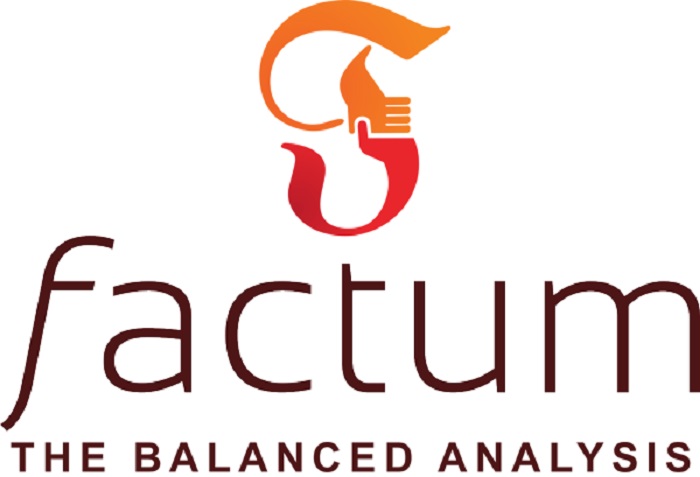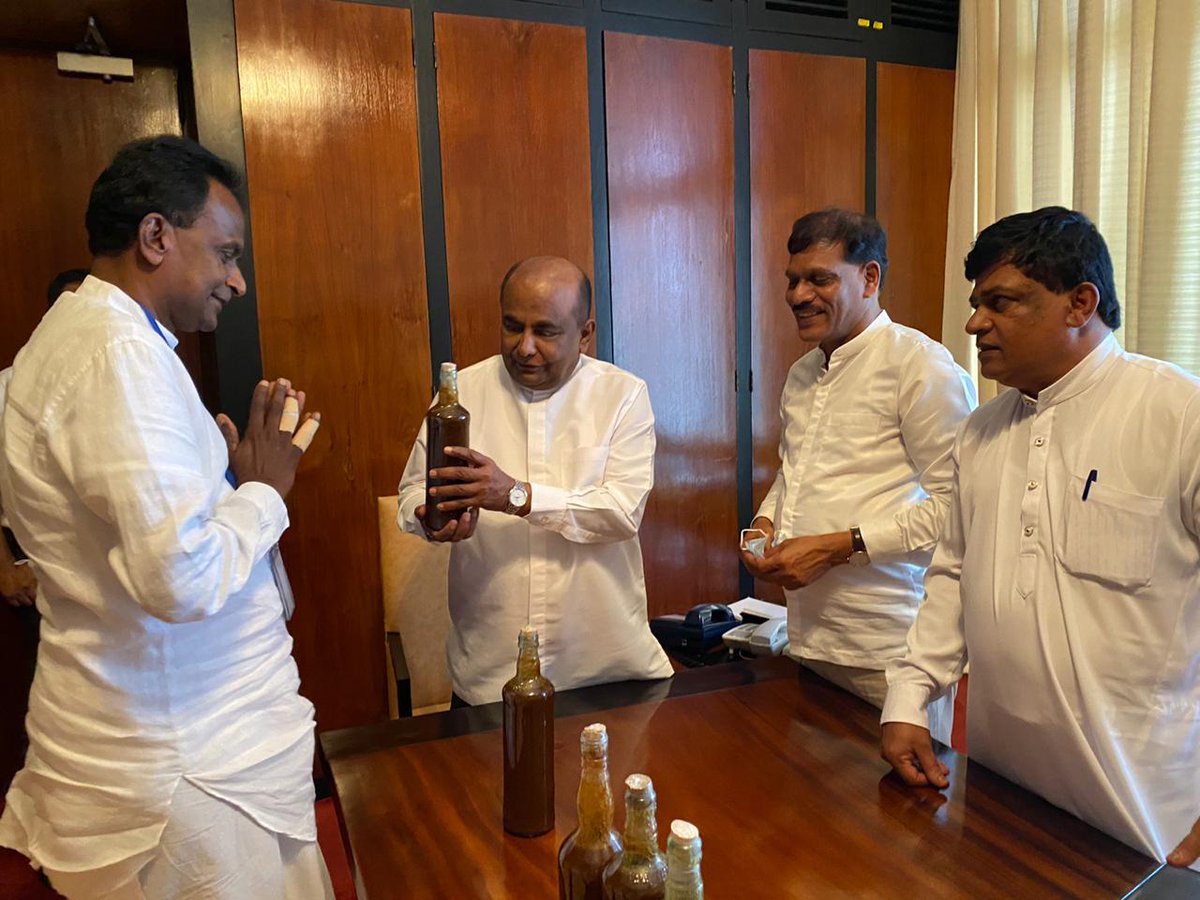
Factum Perspective: Scientific literacy – Are we there yet?
By Sachie Panawala

In its report in 2018, Organization for Economic Cooperation and Development’s (OECD) Programme for International Student Assessment (PISA) defined scientific literacy as an understanding of how the knowledge of science changes the manner one can interact with the world, and the way it can be used to accomplish broader goals.
Kathleen Lodl, Associate Dean of Nebraska Extension, defines Science Literacy as knowledge of science, as well as the scientific framework by which people make decisions based on facts, research, and knowledge, rather than on opinion or hearsay. UNESCO simply puts it as the capability to artistically use scientific knowledge in daily life to solve problems.
The importance of science literacy is that it provides a context for addressing societal problems and because a science-literate populace can better cope with many of its problems and make rational and informed decisions that will improve the quality of their lives.
Scientific literacy is often confused with technological literacy, which is the ability to use modern devices and applications. Being scientifically literate would simply mean that the person questions, understands, finds, realizes, and interprets facts about the physical world around him or her.
Society at large being scientifically illiterate is a massive problem. Almost all countries around the globe face some form of scientific illiteracy in the present day, as proven by several studies. A recent survey conducted by Oklahoma State University revealed that half of the respondents want food labels to indicate if DNA is in the food. If that community was sufficiently literate, they would have known that all living beings have DNA, so food prepared from plants or animals will invariably contain DNA.
Another study conducted by Durant et al. revealed that the as little as five percent of US residents were scientifically literate. Iram Shahzadi and Professor Abida Nasreen of the University of Punjab, Lahore assessed the scientific literacy of government school students in Lahore, Pakistan and they found it to be very low. A study done in China revealed the scientific literacy in the country to be 10.56% in 2020, even though it indeed is a growth from 1.6% in 2005.
One of the main reasons for a society to be scientifically illiterate is the pseudoscience promoted by politicians. Despite the efforts of Jawaharlal Nehru and Dr Abdul Kalam in making India a topmost state among scientifically literate countries, there still are politicians who jeopardize the scientific literacy of the country. The recent examples were junior education minister Satyapal Singh declaring that “Darwin’s theory is scientifically wrong” in 2018 and Uttarakhand Chief Minister Ramesh Pokhriyal Nishank arguing that Astrology is the biggest science, which in fact is above science, and that we should promote it, during his tenure in 2009-2011.
The situation in Sri Lanka is worse. There are too many examples to enumerate here. A famous politician challenging an environmentalist asking “What is the use of Oxygen? Can we eat it?”; the ex-President of the country deciding to convert the island to an organic farming country overnight, ignoring the advice and warnings of the experts on the subject; the hatred and racism spread by a political and religious group via its allegations the Muslims in the country are adding drugs and chemicals that cause infertility in food and undergarments; another group of politically influential professionals claiming that a famous Muslim doctor performed forced sterilisation on over 8,000 predominantly Sinhalese women alone, are among the most prominent of them from the recent past.
In the “organic fertilizer” fiasco, in addition to adopting an impossible and impractical decision and banning “chemical” fertilizers instead of “synthetic” fertilizers, being ignorant to the fact that even organic fertilizers are chemicals further added to the confusion. As for the drugs and chemicals that cause infertility, these are yet to be discovered as they are non-existent. The forced sterilization saga, medically absurd, was of course proven to be fabricated after investigations.
The mainstream media, both print and electronic, also add fuel to the problem. Casey Forest Kanode, a scholar at Montana State University, states that scientific literacy in America is being negatively impacted by elements within popular media including, but not limited to, the politicization of scientific matters by mainstream news media, the rise in fake or pseudo-scientific television programmes, and misinformation through social media outlets.
While almost all the other countries would vouch for the same regarding their own situation, Sri Lanka alone has numerous examples to share. The infamous indigenous “syrup” concocted by a self-proclaimed “indigenous physician”, known as “Dhammika Peniya”, which was marketed as an answer to the COVID-19 pandemic, was a classic example.
If a country needs its society to be well informed on a matter and make the best decisions possible with the best available knowledge, it is thus imperative to improve its scientific literacy.
The best way to achieve that would be to promote STEM education, which is commonly mistaken to be just learning or teaching Science, Technology, Engineering, or Mathematics. STEM education has a much broader meaning. It is a teaching approach that combines all four in any subject, even arts subjects such as music and dancing. It thus aims at training the student to think of and learn anything scientifically, analytically, systematically, critically, and methodically, while providing the opportunity for them to learn the technologies that are involved with any of those subjects.
Improving the science literacy of the public through mass media is another approach. However, Professor Muhammad Hamid Zaman of Pakistan very correctly wrote in the Express Tribune in 2019 that the single biggest bottleneck of this would be the dearth of science journalists and content editors who can communicate an engaging story that is scientifically accurate yet engaging to a broad audience. This is applicable to Sri Lanka as well.
Sadly, we don’t see any impetus here to attract journalists to scientific journalism. The annual Sri Lanka Journalism Awards for Excellence also does not have a category for Scientific Journalist of the Year, as it has only “Best Environmental Report of the Year” and “Health Care and Medical Reporter of the Year”, which slightly touch on the area yet do not cover science journalism in a broad sense. If the relevant authorities would consider this seriously, one can hope to see light at the end of the tunnel.
As Neil deGrasse Tyson, the famous American astrophysicist, author, and science communicator, once said, science literacy is the artery through which the solutions of tomorrow’s problems flow. The health, wealth, and security of a country’s democracy depend on the scientific literacy of the society of that country. Until that is achieved, we are at risk of making underinformed decisions that affect ourselves, our communities, our country, and even the world, which is exactly the present situation in Sri Lanka. If we do not learn our lesson now, we would never do so.
Dr Sachie Panawala is the Additional Chief Innovation Officer of the newly established National Innovation Agency. She worked at the Coordinating Secretariat for Science Technology and Innovation (COSTI) and the National Science Foundation, after being graduated from the University of Peradeniya.
Factum is an Asia Pacific-focused think tank on International Relations, Tech Cooperation and Strategic Communications accessible via www.factum.lk.
The views expressed here are the author’s own and do not necessarily reflect the organization’s.
